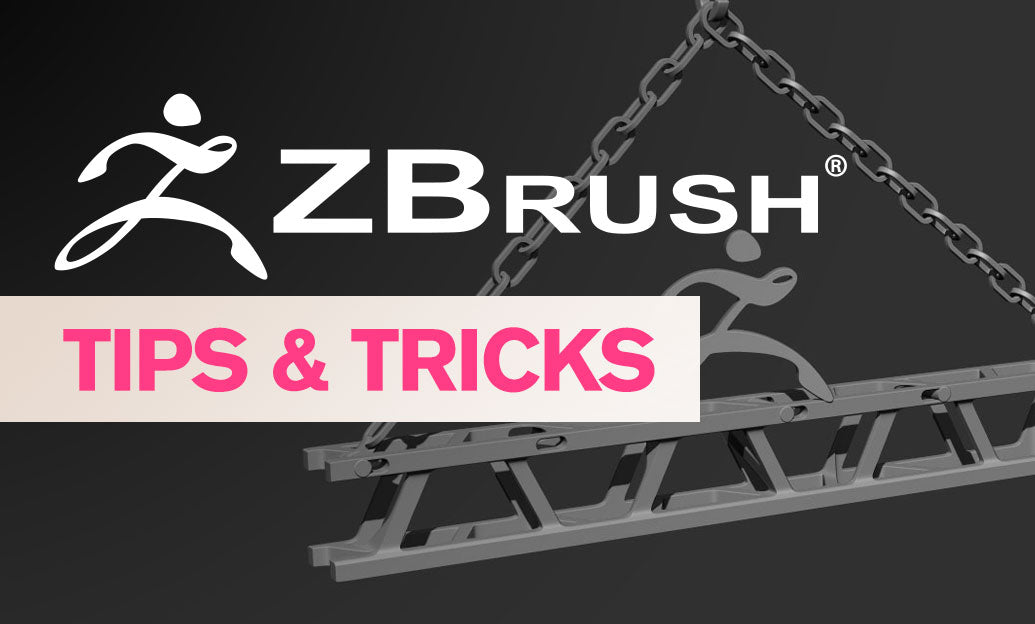Your Cart is Empty
Customer Testimonials
-
"Great customer service. The folks at Novedge were super helpful in navigating a somewhat complicated order including software upgrades and serial numbers in various stages of inactivity. They were friendly and helpful throughout the process.."
Ruben Ruckmark
"Quick & very helpful. We have been using Novedge for years and are very happy with their quick service when we need to make a purchase and excellent support resolving any issues."
Will Woodson
"Scott is the best. He reminds me about subscriptions dates, guides me in the correct direction for updates. He always responds promptly to me. He is literally the reason I continue to work with Novedge and will do so in the future."
Edward Mchugh
"Calvin Lok is “the man”. After my purchase of Sketchup 2021, he called me and provided step-by-step instructions to ease me through difficulties I was having with the setup of my new software."
Mike Borzage
Advancing Efficiency and Sustainability: Exploring AI-Driven Design Optimization in Modern Manufacturing
September 21, 2024 2 min read


Introduction to AI-Driven Design Optimization
In the fast-evolving landscape of design and manufacturing, the quest for efficiency and sustainability has never been more critical. Traditional design processes, while foundational, often come with a gamut of limitations that can hinder innovation and waste valuable resources.
Enter AI-driven design optimization, a revolutionary approach that leverages artificial intelligence (AI) to enhance the design process. By integrating AI technologies into design software, we're able to transcend the constraints of conventional methods and open new horizons for creativity and efficiency.
How AI Reduces Material Waste
Material waste is a significant concern in both design and manufacturing, manifesting in various forms such as excess raw material usage, inefficient design iterations, and post-production waste. The impact of material waste is twofold: economically, it leads to increased costs, while environmentally, it contributes to resource depletion and pollution.
AI algorithms play a pivotal role in mitigating material waste through various techniques:
- **Machine learning techniques** for predictive modeling help forecast material usage and identify areas for improvement.
- **Generative design algorithms** explore a vast array of design possibilities, optimizing for parameters like material efficiency and structural integrity.
By implementing these advanced algorithms, AI has shown remarkable success in minimizing waste, leading to both cost savings and a reduced environmental footprint.
Advanced Tools and Technologies
Today's leading design software platforms are increasingly incorporating AI to optimize material usage and enhance design efficiency. These AI-integrated CAD (Computer-Aided Design) tools come equipped with features such as:
- **Real-time simulation and analysis**: AI-driven tools can simulate material behavior under various conditions, allowing designers to make informed decisions and adjust designs accordingly.
- **Digital twins**: These virtual replicas of physical objects or systems enable continuous optimization throughout the design and manufacturing process.
AI-driven tools empower designers with the ability to predict and mitigate material waste, ensuring that the end products are both cost-effective and environmentally sustainable.
Future Trends and Challenges
The landscape of AI-driven design optimization is constantly evolving, with emerging technologies like quantum computing and edge computing promising to further enhance AI's capabilities. These advancements could potentially lead to even more sophisticated design tools that offer unprecedented levels of optimization and efficiency.
However, the journey towards widespread AI adoption in design is not without its challenges. Technical hurdles, such as ensuring the accuracy and reliability of AI models, must be addressed. Moreover, ethical considerations surrounding the deployment of AI in design practices cannot be ignored. It's imperative to ensure that these technologies are used responsibly, promoting sustainability and ethical standards.
In conclusion, AI-driven design optimization holds immense potential to transform the design and manufacturing landscape. By harnessing AI, we can create innovative, efficient, and sustainable solutions that meet the demands of the modern world. The fusion of AI with traditional design practices signals a new era of possibilities, paving the way for a future where design is not only smarter but also more conscientious and impactful.
Also in Design News

ZBrush Tip: Maximizing Sculpting Precision with ZBrush Morph Targets: Essential Tips and Techniques
November 25, 2024 2 min read
Read More
V-Ray Tip: Mastering V-Ray Shadow Catcher for Seamless 3D Compositing
November 25, 2024 2 min read
Read More
AutoCAD Tip: Streamline AutoCAD Workflows with LISP Routines for Enhanced Productivity
November 25, 2024 2 min read
Read MoreSubscribe
Sign up to get the latest on sales, new releases and more …


